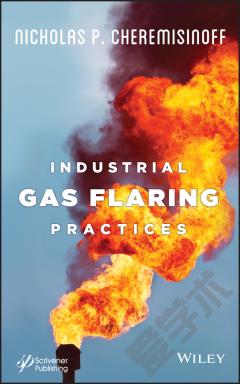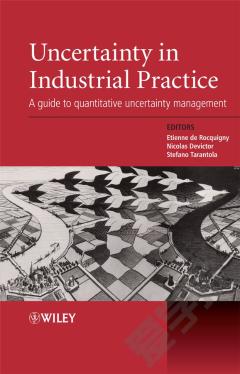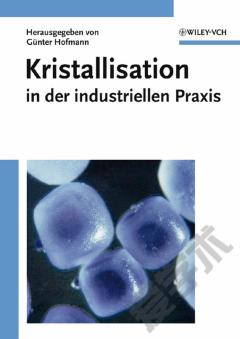Industrial Brazing Practice
The Fundamentals of Brazing Introduction Where Does Brazing Fit in Joining Technology? Reviewing the Brazing Process Brazing Terminology Designing for Brazing Joint Overlap Length Butt Joints Stress Distribution Tube-to-Tube Sleeve Joints Electrical Conductivity Pressure Tightness Surface Finish Optimum Joint Gaps Brazing Alloy Preplacement Preformed Wire Rings Preplaced Washers and Foils Slugs and Cropped Wire Pieces Brazing Alloy Pastes The Ten Golden Rules for Successful Joint Design Jigs and Fixtures Brazing Filler Materials and Fluxes The First Step The Temperature Ranges Widely Used for Brazing Class Al: Aluminum and Magnesium Brazing Filler Materials Class Ag: Silver Brazing Filler Metals Class CuP: Copper-Phosphorus Brazing Filler Metals Class CU: Copper Brazing Filler Materials Classes Ni: Nickel (and Cobalt) Brazing Filler Metals Unclassified Platinum-Group Metal Filler Alloys Classes PD and AU: The Noble-Metal Filler Alloys Brazing Fluxes Fuel Gases and Burners Flame Brazing Complexity Scale Heating and Flames Gases and Gas Mixtures Burner Design and Operational Parameters Pilotage Burner Efficiency Brazing with Flames Flame Brazing by Hand Automated Flame Brazing Summary Induction and Resistance Brazing Induction Heating Resistance Heating Furnace Brazing Furnace Atmospheres Other Types of Brazing Furnaces Vacuum Brazing Important Operational Procedures Brazing with Filler Material Pastes Aliphatic Compounds Aromatic Compounds Potential Drawbacks Paste Characteristics Using Pastes in Reducing Atmosphere Furnace Brazing Using Pastes in Vacuum Brazing Applications Brazing Aluminum Parent Metal Considerations Properties of Aluminum Joint Design Criteria Brazing Filler Materials Metallurgical Considerations Commonly Used Brazing Processes Recent Developments Brazing Commonly Used Materials Copper and Its Alloys Brazing Steels Tool Steels Stainless Steels Brazing Cast Iron Tungsten Carbide Question Time Is It Possible to Braze Ceramics? Can I Braze to a Plated Surface? Can Brass Be Successfully Brazed without Flux in a Reducing-Atmosphere Furnace? Is It Good Practice to Braze Tungsten Carbide Tips to Circular Saw Blades with a Brazing Alloy Conforming to ISO 17672: 2010 Types Cu 470 to Cu 773? Will There Be Problems with Brazed Joints That Are in Contact with Ammonia in Service? What Is MIG Brazing? What Is the CuproBraze(R) Process? The Methodology of Process Auditing Summary: The Fundamental Principles of the Brazing Process The Practical Application of the Process Audit The Process Efficiency Audit Appendix I: Selection Charts Appendix II: Filler Metal Comparison Tables Index
{{comment.content}}








 京公网安备 11010802027623号
京公网安备 11010802027623号